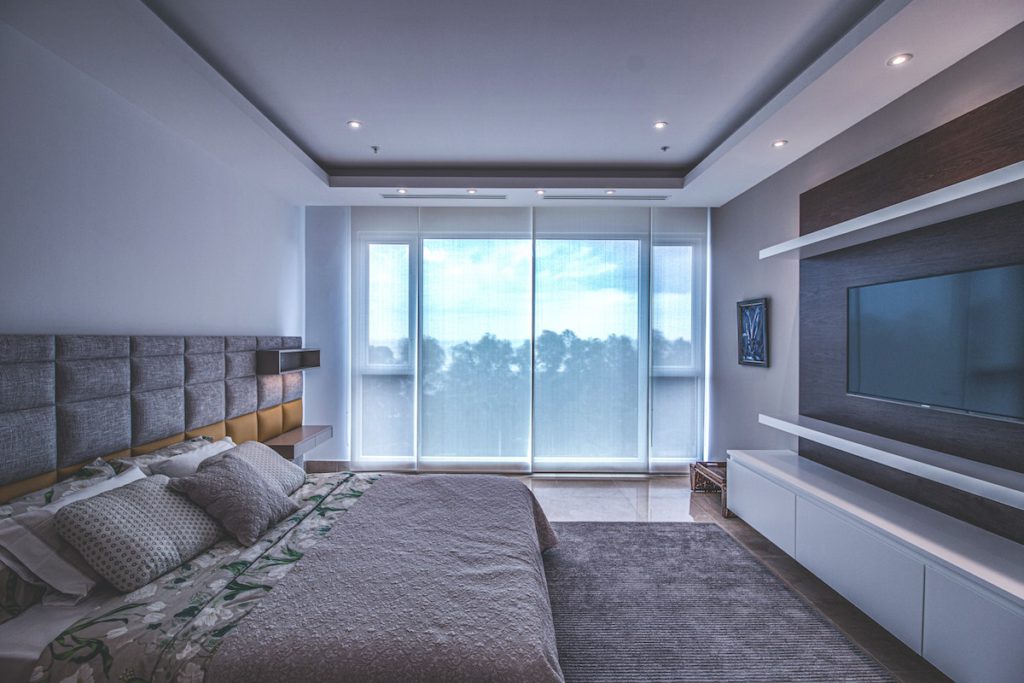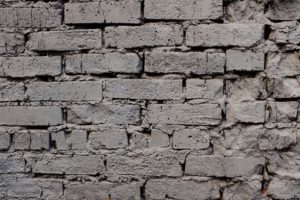Pros And Cons of Cavity Doors

If you are just looking for a door to save space in tight rooms and areas, opt for an easy yet practical design. Pocket doors do not just save some extra space than shed doors, with their mirrored surface, pocket doors create an illusion of tons of additional space when closed, making small rooms seem a little less claustrophobic. Barn doors are considerably easier to install than pocket doors, as all you need is the installation of a top rail along the wall, though the doors themselves are generally larger and heavier than pocket doors. Barn doors are heavier, and if a track is installed improperly, can easily fall off their tracks and are difficult to put back into place.
When the internal barn doors are closed, the walls that they are covering while they are open may appear somewhat exposed. Barn doors also may cover electrical outlets and wall switches when opened, so you will want a wall free of them that is empty for them to slide on. Contractors have found that barn doors are an excellent solution to placing doors where typically only a pocket door will fit because of restricted clearances or wall space. A sliding pocket door is mounted on tracks, rolling into and out of a pocket, or empty chamber, in a wall, so it does not occupy space in a room.
Slide doors make two spaces one, providing privacy if needed, and they do not take up the same amount of room as swing doors. The downsides are pocket doors are difficult to install and maintain, they are poor at blocking noise and smells, require significant space in interior walls, and are loud. Since they are installed inside a wall, you do not need the door frame, which can take up quite a bit of room, especially in smaller rooms. Because pocket doors run on tracks, requiring room to slide in properly from both sides, they offer little in the way of sealing against smells, sounds, and light.

They are a space-saver in a bathroom, for instance, but the way they rest on tracks inside a wall means that they are not sealed as tight as conventional doors. Pocket doors do have some issues with functionality too, such as falling off tracks, can be hard to roll, being troublesome to lock, and they frequently make noises unless lubricated regularly. For instance, although pocket doors may save space in a smaller bathroom, due to how they are placed on tracks inside a wall, it means that they are not always sealed as tight as conventional doors, and that may be a problem for some homeowners. Pocket French doors are also a great solution for homeowners who, for instance, want to install a 36-inch pocket door, but do not have enough room on one side of the wall to fit the hidden door.
You can install pocket doors on any interior doorway of your house that has sufficient wall space to hold the doors. Installing pocket doors costs more, as they are more complicated and time-consuming tasks, due to the necessity to add wall cavity space to fit the doors as they are opened. A sliding door also requires a little bit of room to allow it to operate easily and conveniently. Multi-sliding doors can slide one way, or in both directions, or they can even be designed to completely disappear in a pocket of a wall.
Internal sliding doors can open and close without swinging around a room as do standard hinged doors, and this has the effect of opening these spaces up but not impeding circulation. Conventional sliding doors are glass doors that slide into hidden pockets inside external walls, opening a larger area. When installed with glass panels, sliding doors allow for plenty of light, making a room seem larger. Glass-panelled doors can add punch and light to a room, making it feel larger and posher, and louvre pocket doors can give a modern flair to a room.
Interior doors can bring about a drastic change in any room, creating quieter spaces and adding privacy. These styles of doors can add a focal point to your interior design, creating dramatic looks, allowing for abundant natural light, or even opening up your home’s interior into outdoor living spaces with style. Plus, because you can get sleek doors made from solid wood, plywood, stained wood, or tempered glass, choose the material that complements your space and your style. If your door’s only purpose is to cover or divide up space inside, you could even go with curtains for a cheaper alternative.
While both types of doors are designed to conserve space, and both work with sliding mechanisms, they differ greatly in their looks, construction, and installation. Whereas sliding doors are typically made from two or more large glass panels that slide sideways into a frame finish. One key difference is that sliding doors do not extend outwards, while bifold doors would need room to stack panels on their sides.
To close both doors, the doors extend out of a pocket on the wall to meet at the centre of the doorway, just like lift doors. To close a door, one inserts one finger in the small, retractable catch located at the exposed edges of the doors, then pulls the door closed. The biggest thing to keep in mind is that almost any regular door design–flush, panel, louvre, glass–can be used as a pocket door, provided that the sliding mechanism meets structural needs and door-system integrity. Thanks to the popularity of stock barn and pocket doors, manufacturers such as Sierra Pacific have expanded this category to include many different styles and types of doors, which could all be considered contemporary variations on a pocket door.




